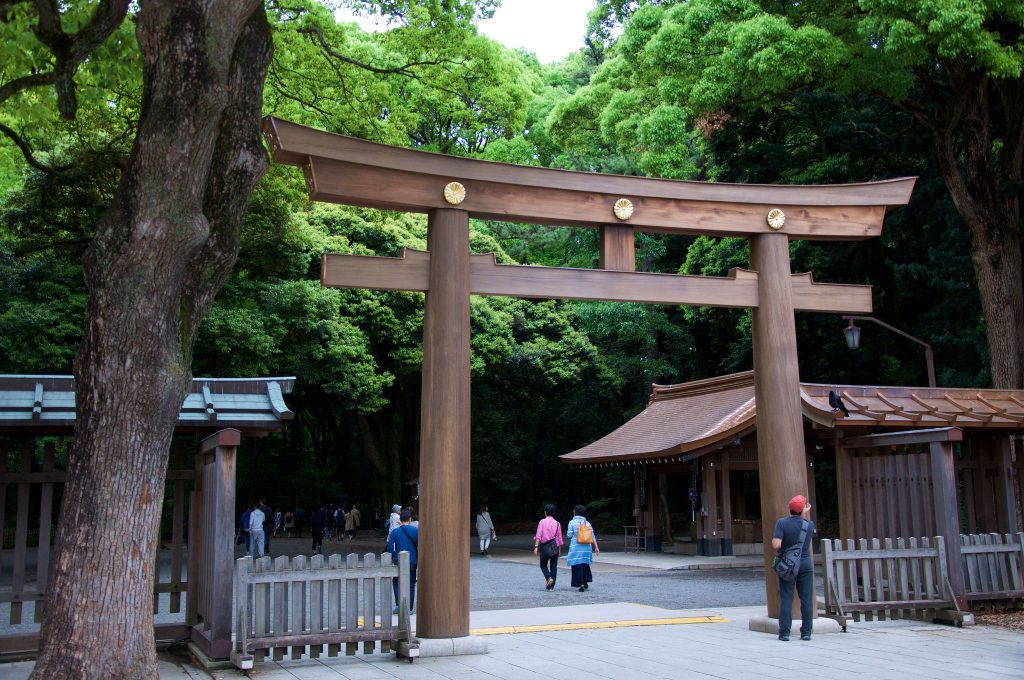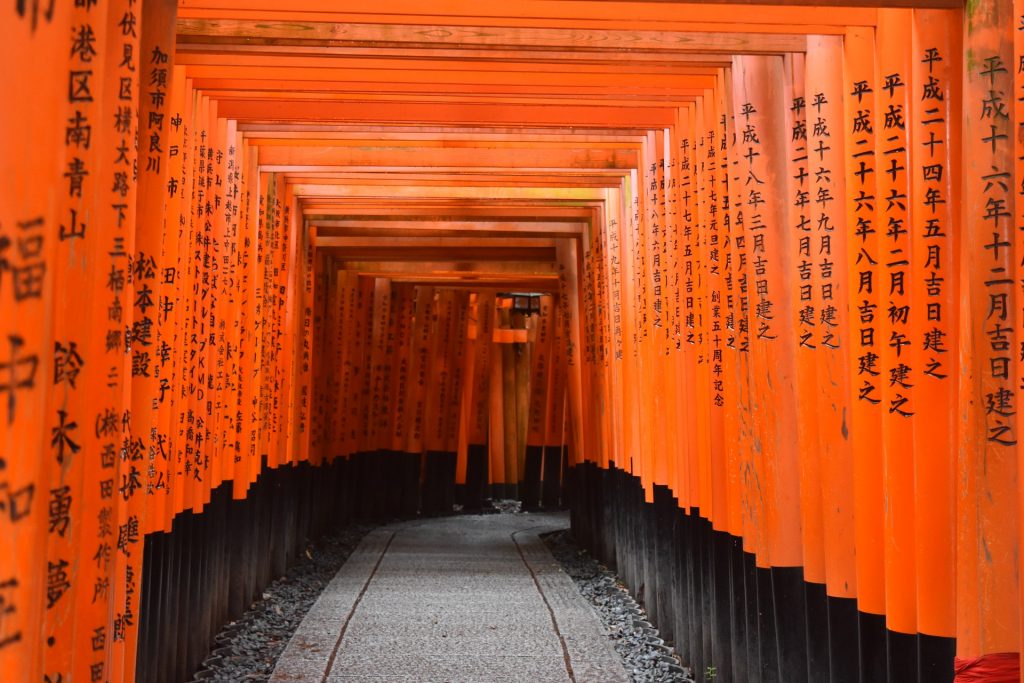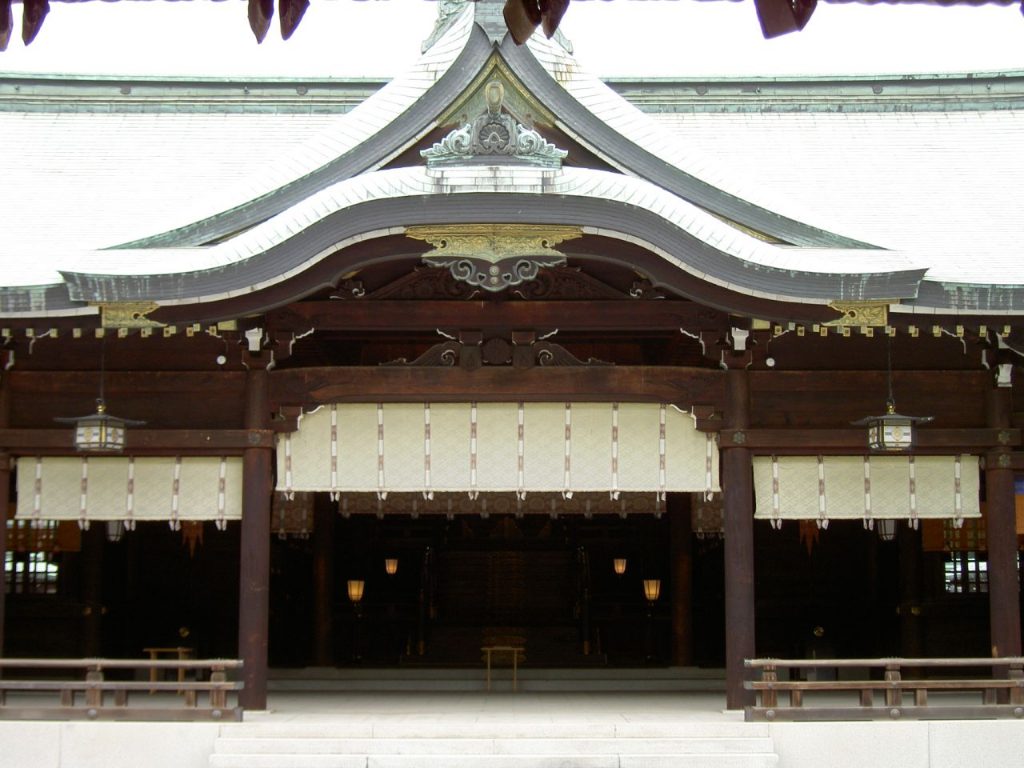When tourists and tour groups visit Japan for the first time, they typically check out the crowded attractions and shopping destinations in big cities, such as Tokyo, Osaka and Nagoya. You’ll find them having a blast in Tokyo Disneyland, Universal Studios Japan, Nagoya Castle, Dotonbori, Akihabara and other popular sites that are bustling and popular to foreign visitors.
Some travelers, however, aren’t into checking out urban sprawls and crowded cities. They prefer to go off the beaten path, such as checking out Japan’s rural areas and visiting temples and shrines.
If you want to take a short break from the noise and city shopping, consider visiting a Japanese shrine, also known as a Shinto shrine.
A Japanese shrine is a dwelling of the kami (a Shinto god) and a place of worship. Every shrine has sacred objects of worship representing the kami. These objects are in the innermost chamber where they’re hidden from the public.
Why People Visit a Japanese Shrine
People have different and personal reasons for visiting a Shinto shrine. Some foreign visitors and locals typically check out a Japanese shrine to enjoy the sights and find out more about the religious history of Japan. Others pray for good health and fortune and pay respects to the kami.
People also visit during special events, such as New Year, shichigosan, setsubun and other festivals. Some couples hold their wedding ceremonies there. Also, families and couples with newborn babies bring their little ones to a Japanese shrine a few weeks after birth.
What Can You Find at a Japanese Shrine?

A Japanese shrine has many sacred structures and objects. A few of them are:
Torii Gate
This marks the entrance to a Shinto shrine. You can find torii gates made using various materials and come in various colors. Many of these entrances, however, are made of wood and painted orange and black.
Main and Offering Hall
The main hall houses the sacred object of the Japanese Shrine. The offering hall, on the other hand, is where visitors make their offerings and prayers. Depending on the architectural style of the shrine, you can find these halls combined into a single building or in two separate buildings.
Ema
Shinto shrine visitors write their wishes on wooden plates, then leave them at the Ema in hopes that they will come true one day. Many wish for wealth, love, passing the entrance exam, success in business and good health.
Apart from these structures, you can find shrine maidens or miko hard at work. Their job is to assist in the day-to-day running of larger shrines. They also sell amulets in the shrine shop, do office work and clean the grounds. Sometimes, they help priests in ritual and ceremonial situations.
What Japanese Shrines Should I Visit?

Japan has hundreds of thousands of Shinto shrines. If you’re wondering which ones to check out, take note of these suggestions:
Fushimi Inari
This Japanese shrine in southern Kyoto is a major tourist attraction because of the tunnel of vermillion torii gates. The trails lead visitors into Mount Inari’s wooded forest, which belongs to the shrine grounds and stands at 233 meters.
Meiji Shrine
Dedicated to the deity of Emperor Meiji, you can find this Shinto shrine beside JR Yamanote Line’s Harajuku station. The spacious shrine provides walking paths and is excellent for visitors looking to take a stroll.
Meiji Shrine has the Inner Garden, which requires an entrance fee. If you’re looking to temporarily get away from the noise of the cities and have a short nature vacation, make sure you visit this shrine.
Izumo Taisha
Many have thought of Izumo Taisha is one of the oldest shrines in Japan. Enshrined in this sacred site is Okuninushi no Okami, the Shinto creator of Japan. He’s also the god of good relationships and happy marriages.
Japanese Shrine Etiquette
Anybody can enter a Shinto shrine, regardless of your belief. If you are going to visit a Japanese shrine, try to pay your respects like a local. After all, you are visiting a place of worship.
The following are etiquette tips to help you visit a Shinto shrine properly:
Pay Your Respects at the Shinto Shrine Entrance
Before you enter the shrine grounds, bow respectfully in front of the torii gate. This is how you greet the guardian deities and ask permission to enter.
Perform the Purification Ritual
Proceed to the purification fountain, which you can find near the entrance of a Japanese shrine. Take a ladle, fill it with fresh water and rinse your hands.
After using your hands, ladle some water using your left hand and get your lips a little wet by bringing your mouth to your palm. Take note that you’re not drinking the water. This ritual is meant to symbolize the purification of the mouth. Once done, rinse off your left hand by pouring water using the ladle.
Pay Your Respects at the Offering Hall
Make a five-yen offering by throwing this coin into the offering box. Then, bow twice and clap your hands twice. After that, bow once more, pray and make a wish. If you find a bell or gong, use this to draw the attention of the deity.
A Japanese shrine is a good place to enjoy Japan’s tranquil and quiet atmosphere. When you’re tired of exploring the city on your next visit to Japan, take a break and check out a Shinto shrine.

